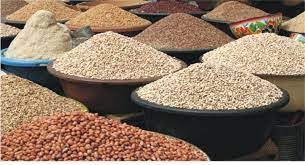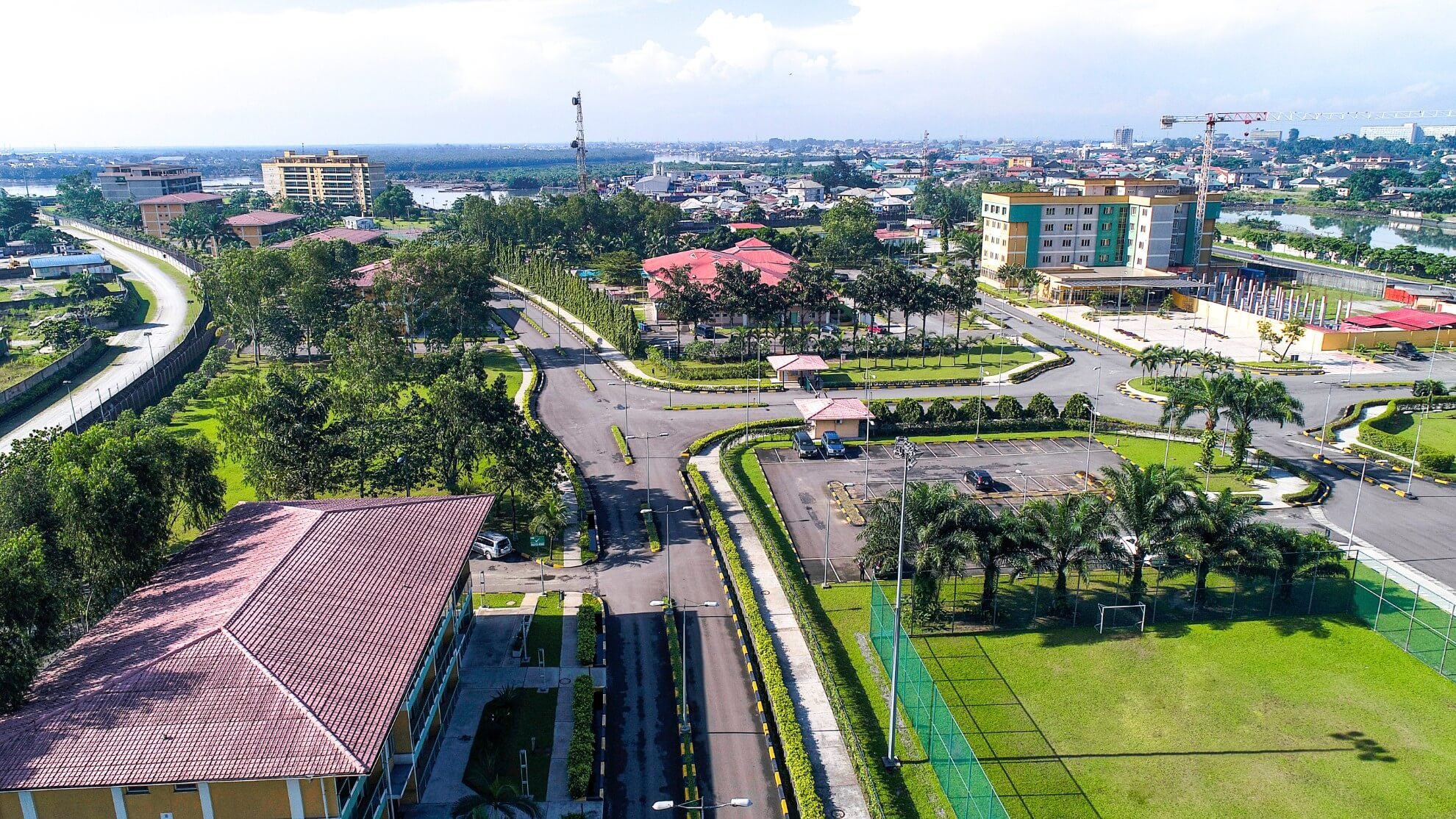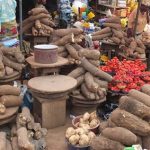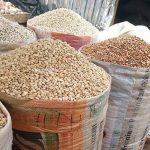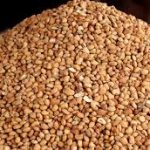Food prices have significantly dropped across major North-East states in Nigeria, marking the first such decline since the removal of fuel subsidy in 2023. According to a News Agency of Nigeria (NAN) survey in Adamawa, Borno, and Yobe states, key staples such as maize, rice, guinea corn, beans, millet, and groundnuts have all seen noticeable price cuts due to increased supply, reduced bulk purchases by NGOs, and weakened consumer spending.
In Adamawa’s Jimeta market, the price of a 100kg bag of maize fell from over N60,000 in late 2024 to as low as N40,000 in early 2025. Similarly, local rice dropped from N65,000 to N45,000 per bag, while a 100kg bag of beans that sold for N190,000 last year now costs around N95,000. In Yobe, similar declines were recorded: millet dropped from N60,000 to N46,000, sorghum from N55,000 to N38,000, and wheat from N110,000 to N77,000.
Borno also reported a downward trend. Local rice prices in Maiduguri fell from N80,000 to N64,000 for a 50kg bag, and maize dropped from N55,000 to N38,000. Farmers and traders attributed these price drops to increased production, food aid interventions, the Ramadan season, and a decline in bulk purchases by NGOs following the end of major international humanitarian aid.
Despite these general reductions, the cost of yams and livestock remains high. In Adamawa’s Ganye Yam Market, 100 pieces of yam, previously sold for about N75,000, now cost around N200,000, with a single tuber priced up to N2,500. Cattle prices have also surged, with cows now selling between N400,000 and N1 million due to transportation challenges, insecurity, and continued demand from buyers within Nigeria and neighboring countries like Niger and Cameroon.
Some farmers have expressed concern over the falling food prices, warning that high input costs, particularly fertiliser at N50,000 per bag, could make farming unsustainable if profit margins continue to shrink. Others blamed the crash in prices on low cash circulation, pushing grain hoarders to offload stock, while some credited government policies for increased local output.
Officials in Adamawa highlighted agricultural programs like APPACCA and expanded farmlands as central to improved food supply. Economists praised federal food import policies but cautioned that prices could spike again if supply chain issues resurface or support to farmers dwindles.
To safeguard these gains, experts recommended the creation of farmer-to-consumer markets and support for subsistence farming, which many households are already turning to in order to manage food needs and generate income from surplus produce.


